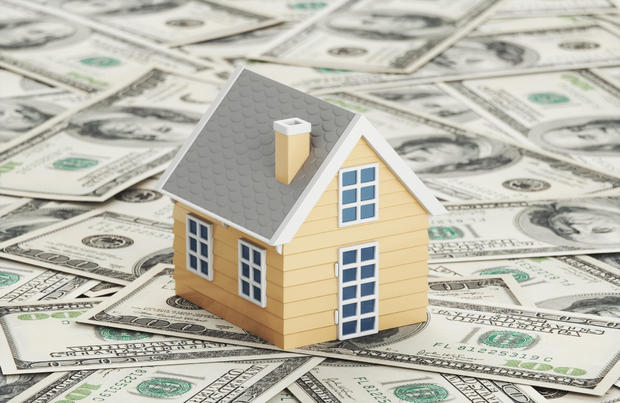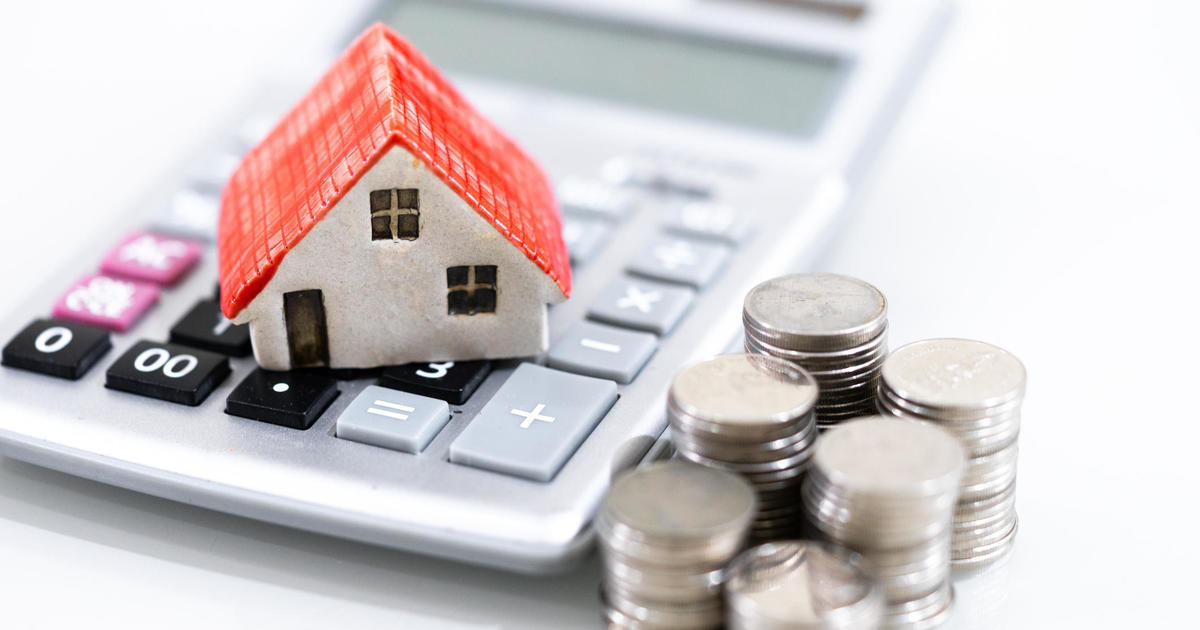The average amount of home equity is high. Here's how owners can utilize it
If inflation and higher interest rates have discouraged homeowners from looking for a new home — or from refinancing their existing home — it's understandable. The Federal Reserve raised rates yet again last month, and now the benchmark interest rate is the highest it's been in 22 years. That leaves current owners with limited (and expensive) options.
But while interest rates have ticked up, home values have too in many parts of the country. This has left millions of American homeowners with significant sums of home equity to use as they see fit.
"Overall mortgage-holder equity is now back above $16T, with some $10.5T of that being 'tappable,' or available for the homeowner to borrow against while still maintaining a relatively conservative 20% equity stake," an August report from Black Knight explained. "The average mortgage holder has some $199K in tappable equity available to them; down somewhat from 2022's historic highs but still a historically large amount regardless."
With nearly $200,000 of available equity, homeowners should clearly understand how they can use that money now. Fortunately, there are two primary, low-interest ways they can tap into it today. Start by exploring your home equity loan options here to learn more.
How homeowners can utilize their home equity now
There are multiple ways owners can use their existing home equity, from cash-out refinancing to reverse mortgages (for older adults). Two of the most popular ways include home equity loans and home equity lines of credit (HELOC). Here's how each works:
Home equity loans
A home equity loan works by deducting a portion of the equity you've accumulated in your home as a loan to use as you see fit. Most borrowers will be allowed to deduct up to 80% of their home equity, or in the example above, $159,200. Home equity loans have fixed interest rates, which can fall in the single digits for qualified borrowers. Compared to the interest on credit cards and personal loans, home equity loans are generally the better choice. The interest borrowers pay is also tax-deductible if used for IRS-approved home repairs, renovations and improvements.
That said, home equity loans use your home as collateral. So make sure you have a plan — and the means — to pay your loan back when it comes due or you could risk losing your home in the process.
Explore your home equity loan options online now.
HELOCs
HELOCs operate similarly to home equity loans, albeit with some important differences. While you can withdraw your home equity with a HELOC, it won't come as a lump sum, but will instead be as a revolving line of credit. This has unique benefits, mainly less interest to pay since you'll only be using what you need when you need it — not the full amount you're approved for.
HELOCs are also tax-deductible if used for the same work and projects home equity loans are used for. But, unlike home equity loans, rates on HELOCs tend to be variable. So while they may be low to start, they can — and likely will — increase over time. This is something to keep in mind when comparing the major pros and cons of both home equity options.
The bottom line
With hundreds of thousands of dollars of equity to use, many American homeowners may elect to forego refinancing (or purchasing a new home) and instead use their equity to improve their current house. They can do so in multiple ways, with two of the most common and effective being home equity loans and HELOCs. But, in both instances, the home in question will be used as collateral so borrowers will need to weigh that risk against their financial goals and needs before deducting any existing equity.




